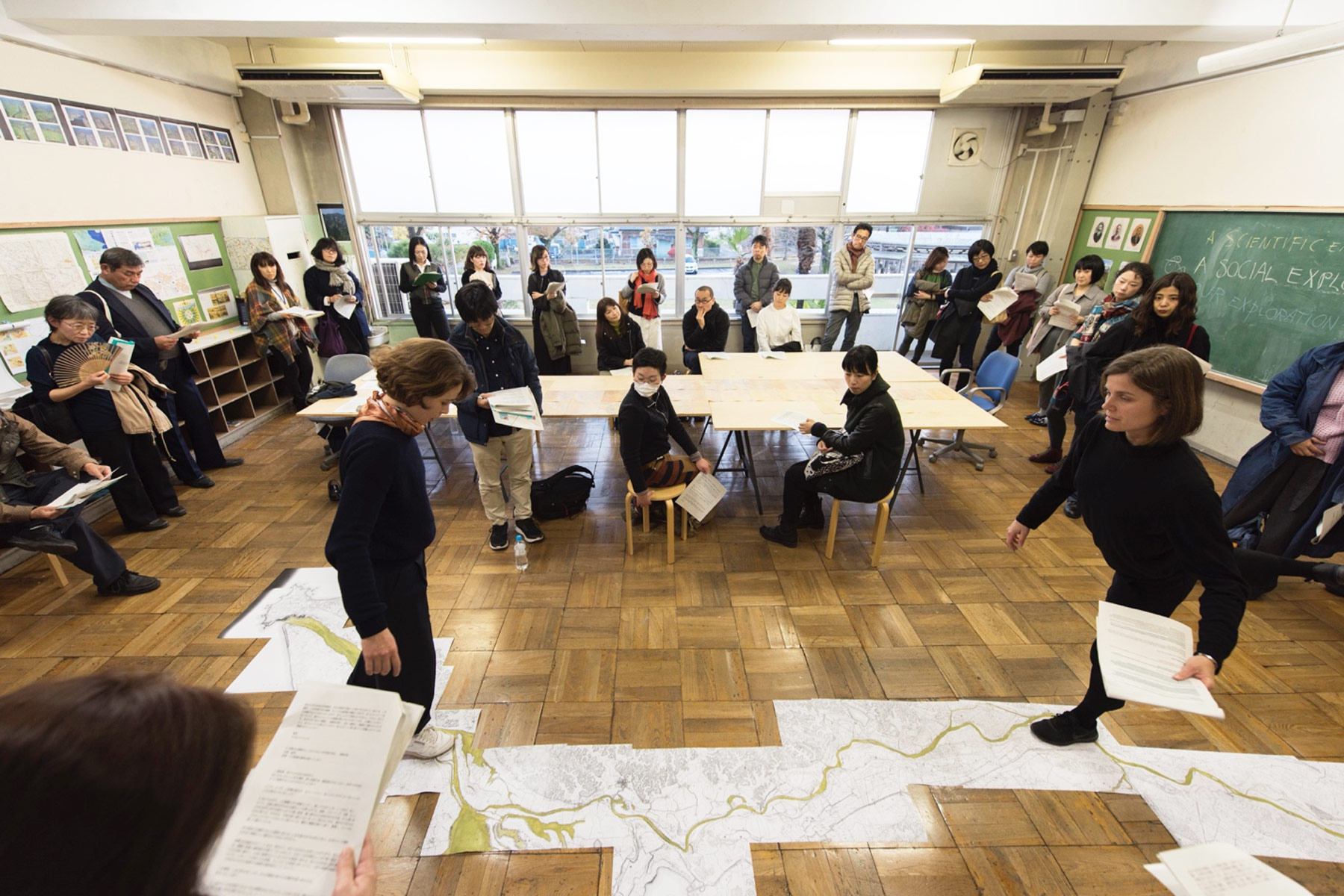
Artist-in-Residence Program

Artist-in-residence program provides opportunities for artists in the field of contemporary art to cultivate their artistic creativity and vision since 1994. Located around an hour from Tokyo, a residency at ARCUS Studio allows participants in the program to come into contact with the contemporary art scene in Japan as well as devote themselves to their creative endeavors in a calm environment while interacting with the local community. Through the support the program offers from its dedicated team of coordinators and regular tutorials with a curator, artists are able to search for and explore approaches in their practices and undertake new challenges in their artistic expression.
The program particularly emphasizes research-based practices and presents the initial results of these processes at open studios. It welcomes ideas for artworks and projects that develop out of encounters with people, the land, and culture, and aspire to form critical discourses that are open and international.
- Duration
- Approximately 90 days
- Program Provisions
- A private studio, accommodation, transportation, production fee, living expense, and staff support. (567,000 JPY is provided as a living expense and production fee in 2024. The allowance is subject to change.)
- Open Call
- January through March (TBD)
- More Info
- Past Residents
2025 Resident Artist
ARCUS Project’s Artist-in-Residence Program received 453 applications from abroad (from 77 countries and regions) and 19 applications from Japan. Following a careful and thorough selection process, Avani Tandon Vieira, Ibrahim Kurt, and Sato Koichi have been selected as the 2025 residents. They will participate in a residency at ARCUS Studio in Moriya, Ibaraki, for 90 days from August 29 to November 26, 2025. As the judges for this year’s applications, Osaka Koichiro, curator, and Kamiya Yukie, Chief Curator at The National Art Center, Tokyo who made the selection through a process of discussion with the ARCUS Project Administration Committee.
Overview of the 2025 Selection
The number of applications to the 2025 Artist-in-Residence Program was around 80% of the number of 2024, the year following the end of the COVID-19 pandemic, with 453 applications from artists living overseas and 19 from within Japan. Of these, two artists based overseas and one artist residing in Japan were selected. Characteristic of this year was the higher-than-usual number of artists engaging in sound art and physical-based expression such as dance. Further, there were also numerous proposals that practically combined creation and education, including plans to develop their own artistic methodology in collaboration with local citizens in Moriya. Each residency proposal which remained in the final selection stage was highly compelling. However, through extensive discussion with two external jurors, we selected from outside Japan one artist engaged in art exploring the everchanging relationship between mobility and the homeland, and one artist whose proposal is to redefine social space through experimentally rewriting existing spatial perceptions. From within Japan, the artist chosen seeks to interpret the geopolitics of Ibaraki from the perspective of scientism. The three artists will undertake a residency for 90 days from late August until late November, 2025.
Ozawa Keisuke (Executive Director)
2025 Resident Artist
Avani Tandon Vieira
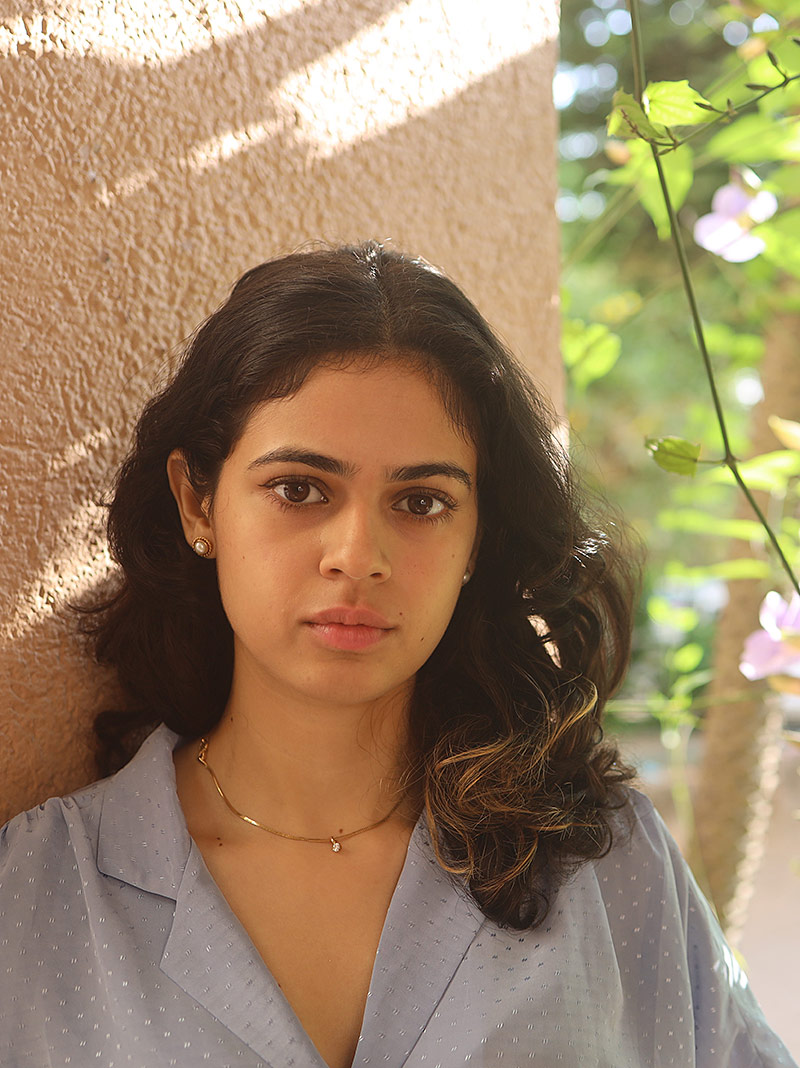
Photo by Riya Behl
Born and based in India. Curator, writer, and archivist Avani Tandon Vieira uses her practice to query the relationship between space and form. With a focus on Asian contexts and a transnational frame, her approach spans interdisciplinary investigations, collaborative art-making, and dialogue-based research. As part of her practice, she runs the open-access archival project The Museum of Ephemera – a space of resistance – as well as the digital platform for young creatives from India and Pakistan, The Pind Collective. She has also participated in projects such as RAW Académie, Cameroon and the Gwangju Biennale Curators’ Academy, creating works that explore experimental rebuilding of maps that dismantle existing cartographies, and a film on the theme of trauma and place memory. Other works include participation in the MMCA International Researcher Residency Program (Seoul, 2024) and writings in “STIR” and “ASAP art.”

The City is not a Line
Seminar, workshop, installation, 2024

Fantastic Cities: Manifestos, City Making, and Imaginations of the Future
Screening, seminar, workshop, 2024
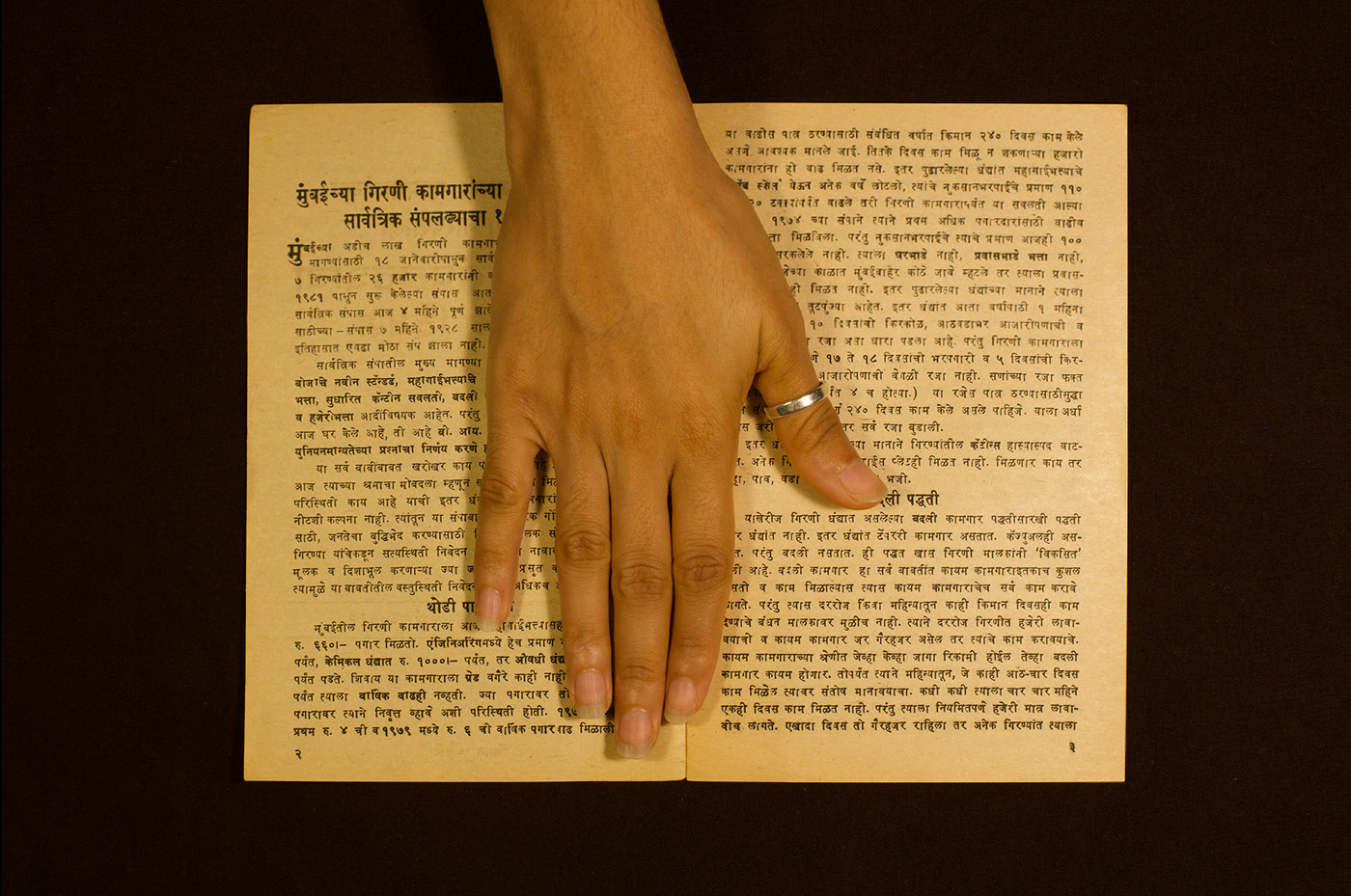
The Museum of Ephemera
Archival Objects, 2020 to present
Reason for Selection
Critically examining existing maps, this project interprets space through emotions and affect of the individual, thereby creating new cartographies that change our understanding of social spaces. This involves liberation of the selection of mapped spaces, the inclusion and exclusion of certain categories, and the relationship with the intended audience from the powers. Rather, the project instead turns mapping into a creative form, reinterpreted from the perspectives and experiences of Indigenous peoples and other ordinary citizens. To do so, the artist will first conduct interviews with experts on various types and methodologies of map-making. She will then through workshops explore how residents near the ARCUS Studio perceive the space of Moriya and adjacent municipalities, and how these perceptions can be developed into maps. These maps are not for the purpose of exerting control over citizens, but rather, are woven together by each individual citizen – including for example their memories of disasters, or their experience of the land. This project was selected in recognition of its effort to reference cartography from diverse cultures and times, and democratize and liberate the recognition of space through the act of map-making.
2025 Resident Artist
Ibrahim Kurt
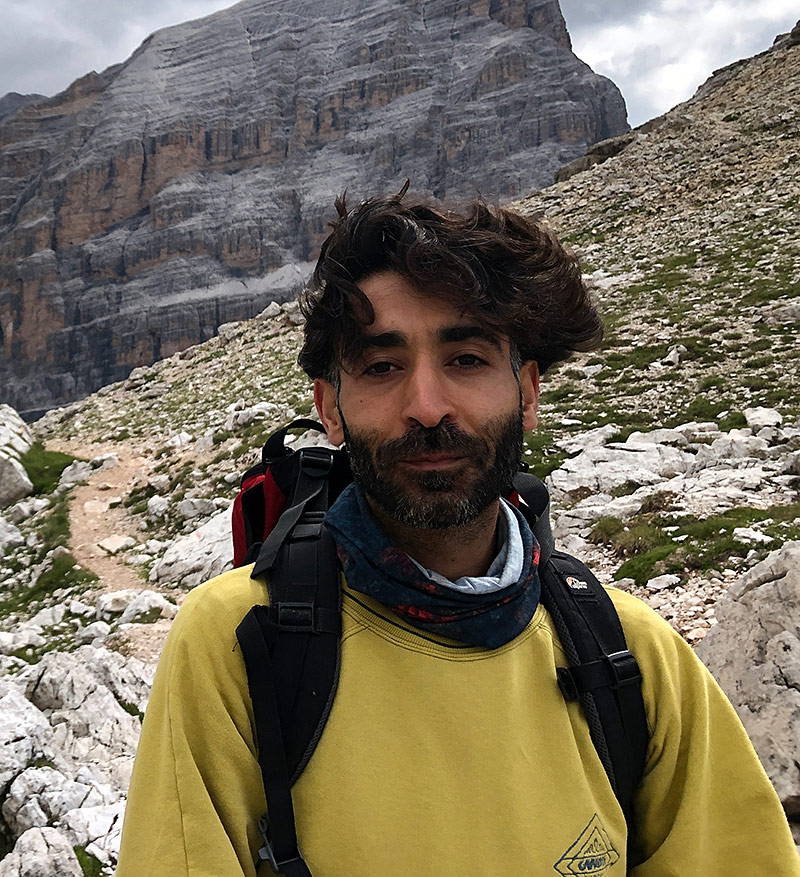
Kurt was born and raised in a Kurdish home in the mountainous region of Eastern Turkey, and is currently based in the Netherlands. Through video work, installation and performance, in his recent projects Kurt – himself an immigrant – portrays the multi-layered sense of belonging through the process of finding a “home,” inviting dialogue about diaspora and the experience of living separated from one’s birthplace. The methodology of linking both personal and the collective Kurdish experience is also evident in his film works. In the collaborative work Our house is only half finished, Kurt’s fragile and shifting identity is likened to the houses common in his hometown, repeatedly rebuilt and yet abandoned before completion. Past exhibitions and activities include Ijssel biennale 2025 (Deventer, The Netherlands, 2025) and Our house is only half finished(Netherlands Kurdish Institute, Amsterdam, 2024).

Our house is only half finished
Collaboration with Lucie Fortuin
Video, 2024
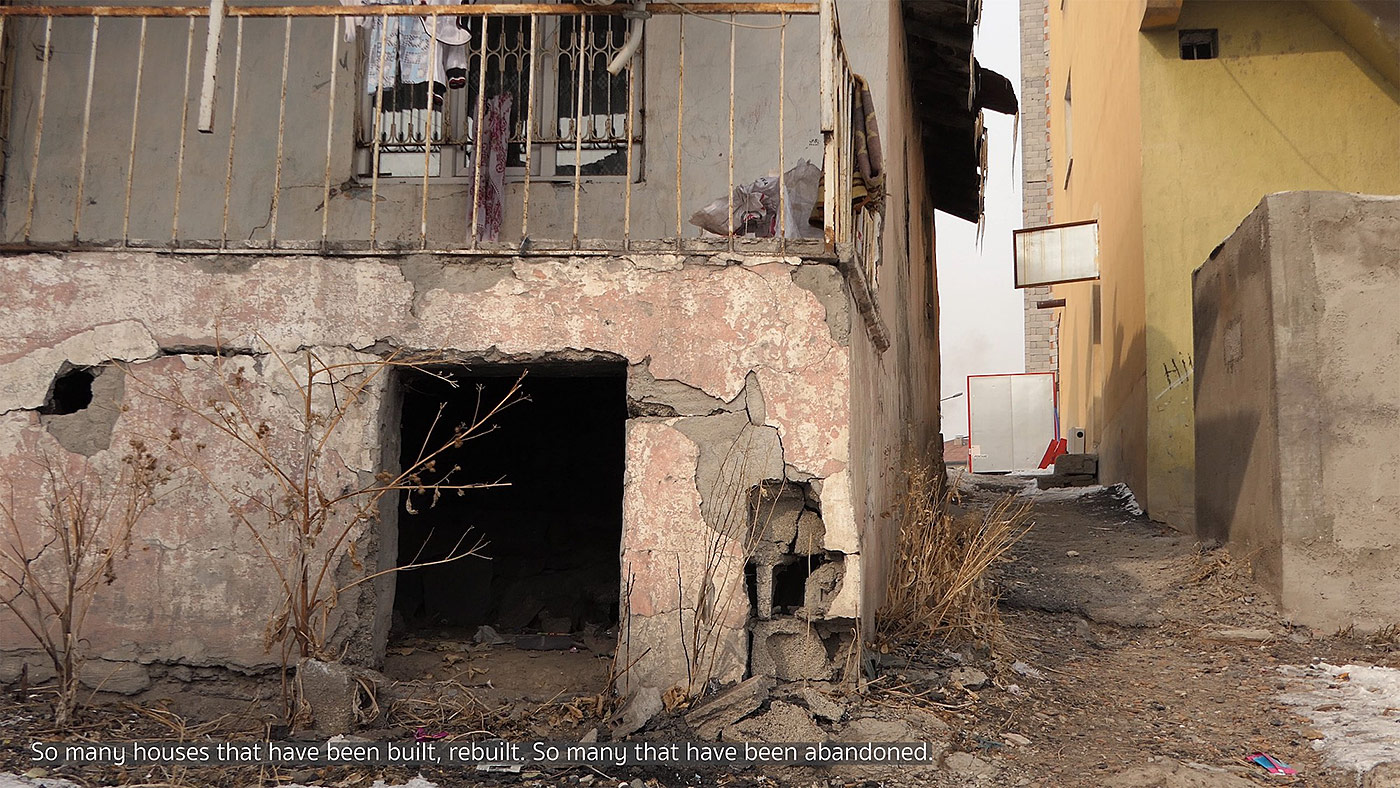
Our house is only half finished
Collaboration with Lucie Fortuin
Video, 2024
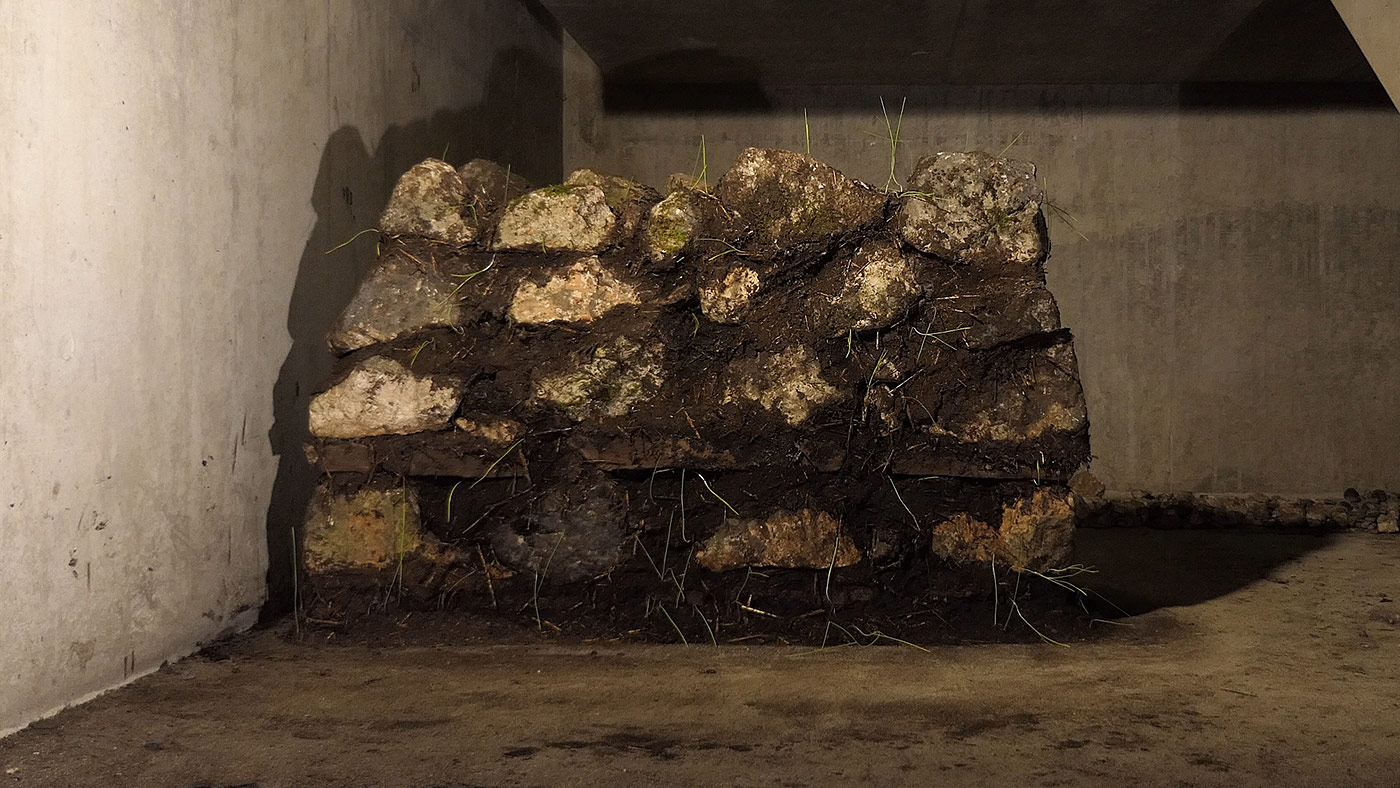
a house
Installation, 2023 to present
Reason for Selection
Kurt continues his journey in search of Kurdish identity. During his ARCUS Project residency, he will explore Kurdish patterns in Japan, and document this journey through film, photography and words. Seeking out familiar motifs such as those in Kurdish household tiles, rugs and carpets in an unfamiliar land will likely lead him to cities such as Kawaguchi and Warabi, where many Kurdish immigrants reside, as well as museums and other institutions where he can deepen his research into patterns. Facing one’s homeland while traveling means confronting the distance from it in both space and time. Yet, distance does not necessarily mean fading away. Rather, one can imagine occurrences which suddenly and powerfully evoke memories of one’s hometown. Kurt was selected with high expectation as to how he will explore and express ever-changing identity through the places he travels to and relations with people he meets.
2025 Resident Artist
Sato Koichi
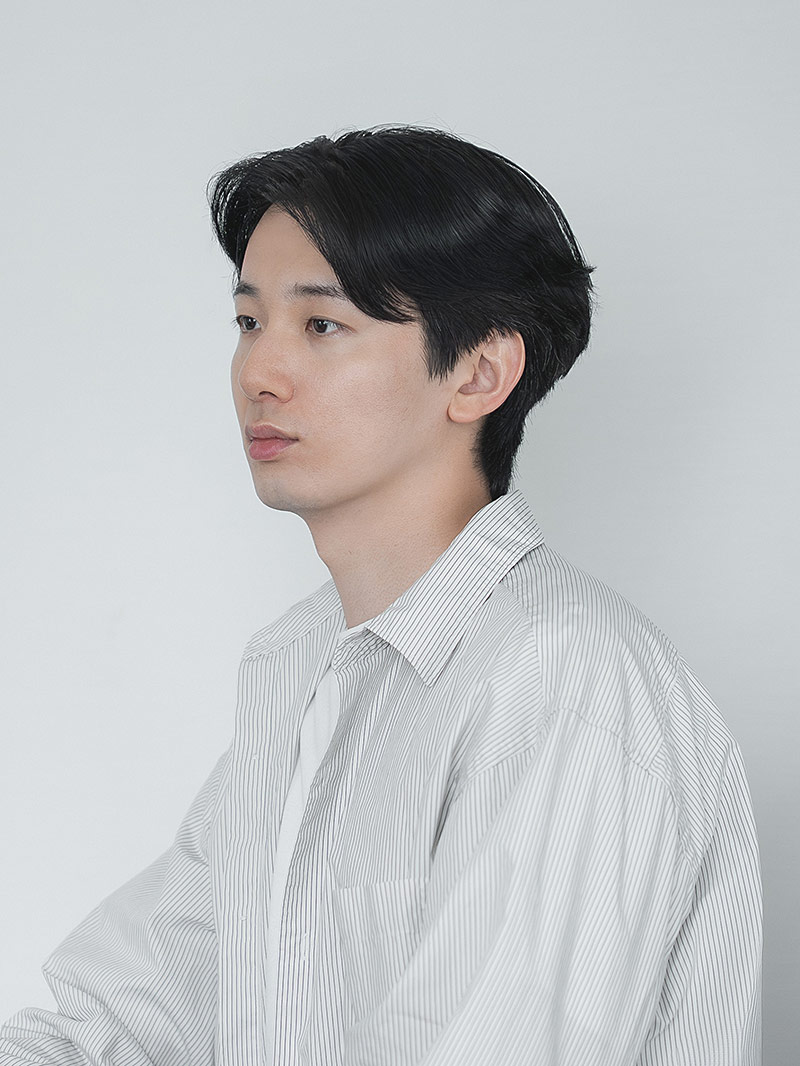
Based in Tokyo, Sato explores society through the natural environment and living organisms, as well as production and consumption, and engages in creative work combining not only video but also scent and sound. The departure point of his work is a questioning of the environment or society, and he conducts on-site research in places where these issues manifest concretely. A recent work deals with PFAS contamination of tap water in western Tokyo, and how this contaminated water enters the body as a foreign object, unconsciously turning one’s own body into the “other.” From enquiry to research and artistic creation, Sato creates a holistic viewing experience that examines the relationship between the environment and living organisms from various angles. Past exhibitions and activities include Yebisu International Festival for Art and Alternative Visons 2023: Technology? (Tokyo Photographic Art Museum, Tokyo, 2023), Thailand Biennale Korat 2021 (Korat, Thailand, 2021), and Third Landscape (21st Century Museum of Contemporary Art, Kanazawa, 2019).
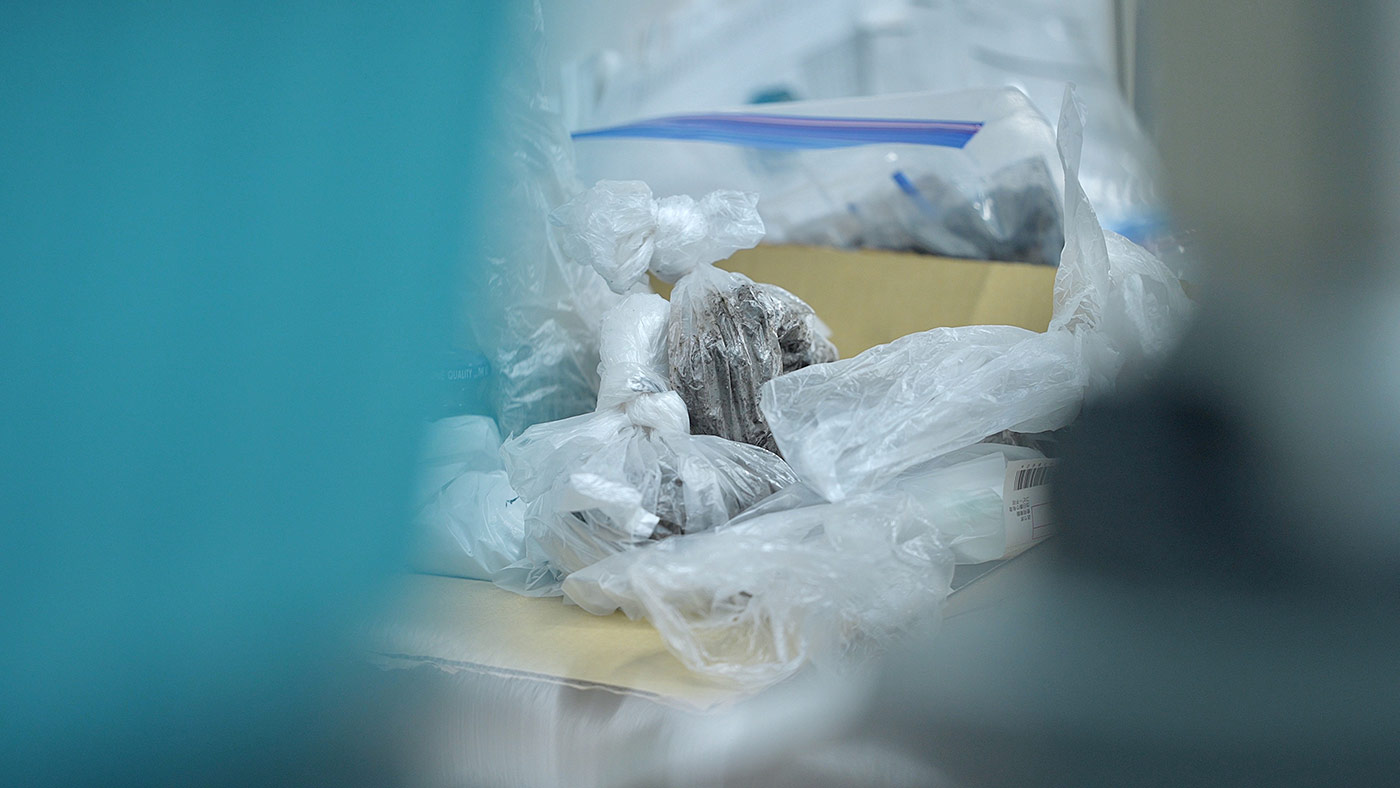
武蔵野の流水
Video, 2025 to present
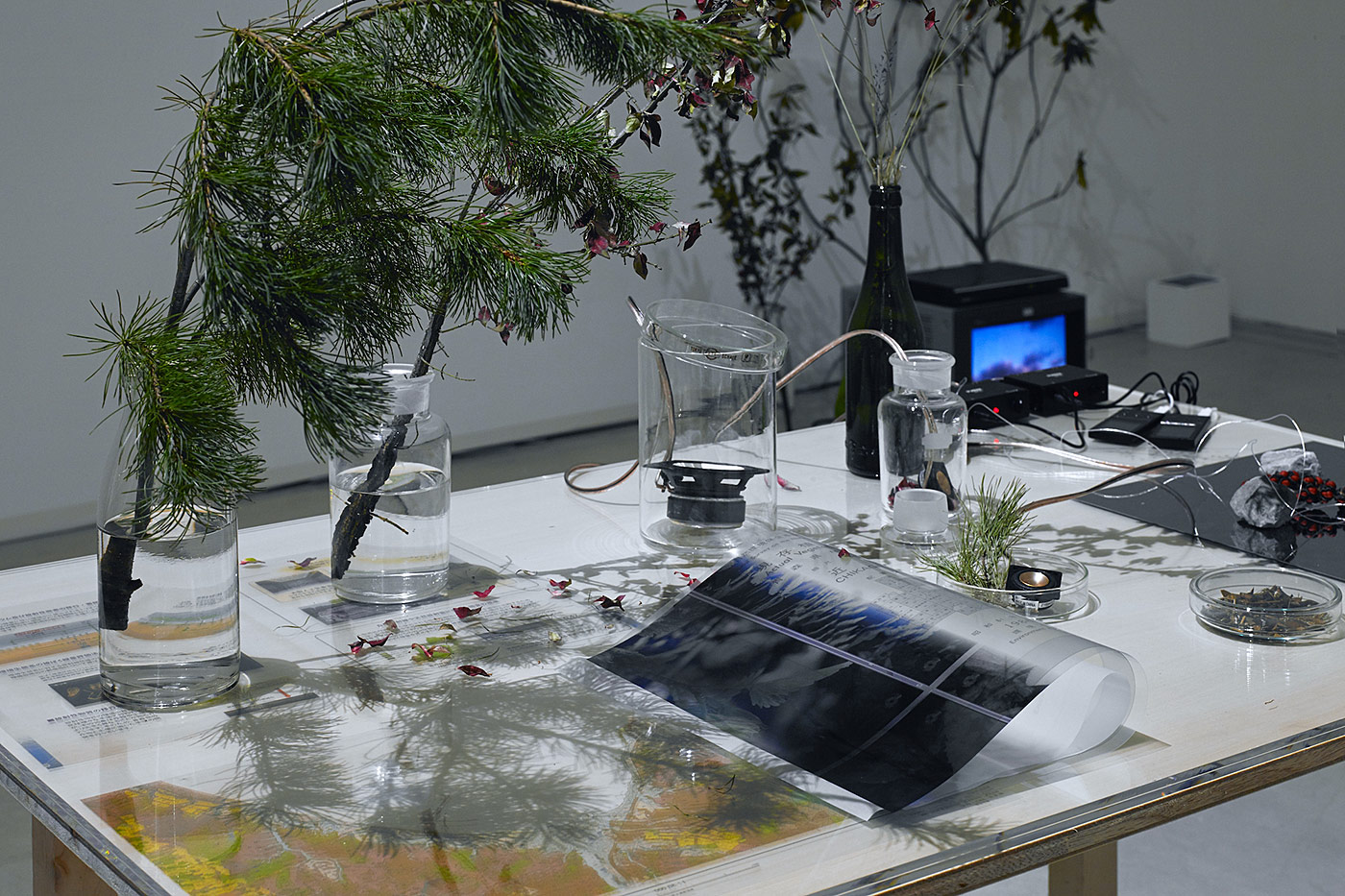
Sink into Silence
Installation, performance, 2019
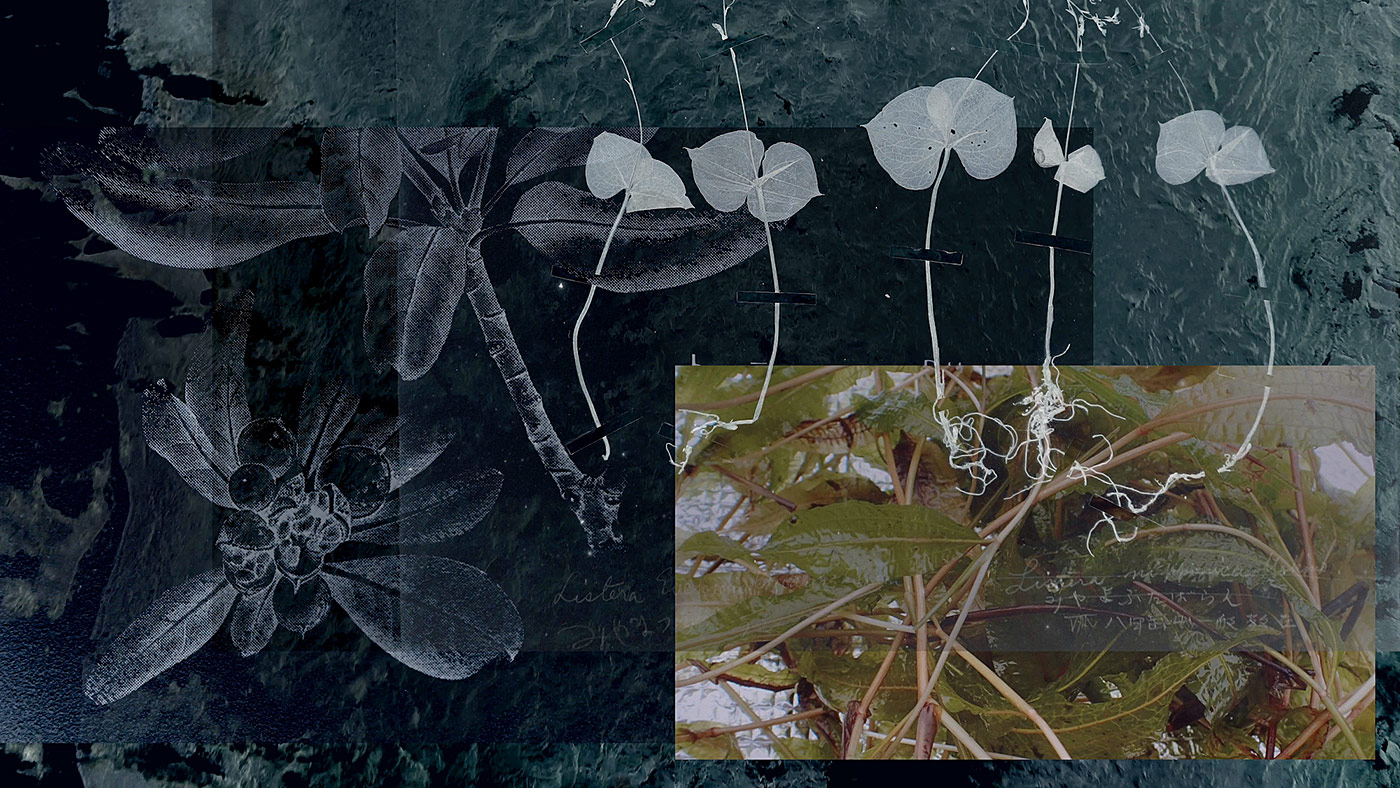
Mutant Vibrations
Installation, 2022
Reason for Selection
Sato will conduct research and create works in relation to two places born through national policy and where knowledge and expertise in the fields of science and technology are concentrated – Tokai Village and Tsukuba City. These two sites were realized in pursuit of human ideals through science, but in reality, evoke not only a bright future but also a sense of impending crisis and ruin. Noting this duality, the artist will acquire architectural drawings of town blocks and facilities that make scientific and Utopian ideas a reality, in an attempt to understand the physical space in a three-dimensional way. He will also visit these sites to collect plant materials and turf from research facilities and the surrounding natural environment, extracting scents from them. In an expansion on the motivations and methodologies of his previous works, Sato will examine the relationship between society and humans as shaped by science and technology, considering these from the lens of national constructs, the architects involved, and the natural environment. He was selected in recognition of his effort to consider the “human” as it appears in modern society, and reexamine this from non-human perspectives and temporalities.